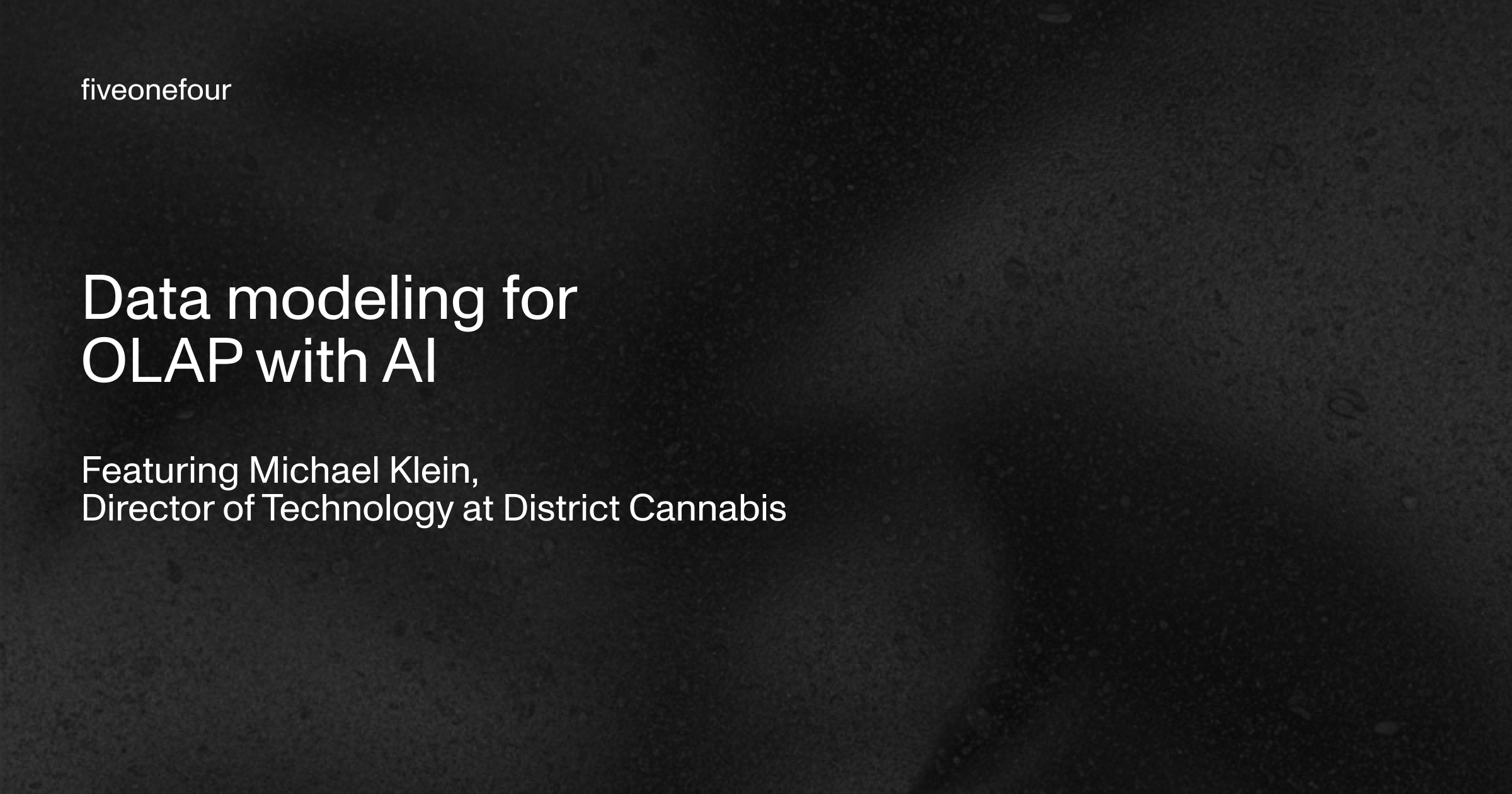Picture this scenario: somewhere in a garage, basement, or co-working space, a developer or small team has quietly built something remarkable. Not another framework that promises incremental improvements, but one that genuinely addresses the fundamental issues plaguing modern web development. It’s simple, fast, standards-based, and eliminates the complexity we’ve been complaining about for years.
It exists. It works. It solves real problems.
But here’s the uncomfortable question we need to ask: would it matter? Would the web development community actually adopt it, or would it quietly fade into obscurity like countless other brilliant innovations that never found their audience?
The history of technology is littered with superior solutions that failed to gain traction while inferior but well-marketed alternatives became dominant. Understanding why this happens — and what it would take for a truly revolutionary framework to succeed — reveals uncomfortable truths about how our industry actually works.
When we imagine breakthrough technologies, we often picture a neat progression: someone builds something amazing, developers try it, word spreads organically, and adoption follows naturally. This narrative is seductive because it suggests that quality and merit alone determine success.
Reality is far messier. Between innovation and adoption lies what technology researchers call the “valley of death” — a treacherous gap where even excellent solutions can disappear without a trace.
Consider this hypothetical framework emerging from that garage. Let’s call it something generic like “WebFramework X.” It’s architected from the ground up to solve the problems we’ve identified: no build step required, minimal dependencies, direct DOM manipulation, web standards-based, genuinely simple to understand and debug.
On paper, it’s everything the development community claims to want. In practice, it faces challenges that have nothing to do with its technical merits and everything to do with how our industry ecosystem actually functions.
The first challenge our hypothetical framework faces is institutional resistance, though not the kind you might expect. It’s not malicious resistance from established players trying to protect their market share. It’s something more subtle and perhaps more powerful: the resistance that comes from having built entire careers, companies, and educational systems around existing complexity.
Think about how many people’s professional identities are tied to framework expertise. There are React specialists, Angular consultants, and Webpack configuration experts. Training companies offer certification programs. Universities teach specific framework paradigms. Conferences organize entire tracks around framework ecosystems.
When your framework eliminates the need for specialized knowledge that people have spent years acquiring, you’re not just asking them to learn something new — you’re asking them to abandon hard-won expertise that differentiates them in the job market. This creates a natural constituency against simplification, even when that simplification would benefit projects and teams in the long run.
Consider the build system engineer who has become the go-to person for Webpack configurations in their organization. If your framework eliminates the need for complex build processes, you’re essentially proposing to make their specialized knowledge obsolete. They have every rational reason to be skeptical of your solution, regardless of its technical merits.
Modern developers have become accustomed to a specific type of developer experience that actually works against simple solutions. We expect extensive documentation, interactive tutorials, comprehensive CLI tools, IDE plugins, debugging extensions, and rich ecosystem tooling.
Your garage-built framework might be simple enough that it doesn’t need extensive documentation because the entire API can be understood in an afternoon. But to developers trained on complex frameworks, this simplicity reads as a lack of sophistication or completeness.
We’ve been conditioned to equate complexity with capability. A framework that can be fully understood without reading hundreds of pages of documentation seems too simple to handle “real” projects. Developers wonder: where are the advanced patterns? How does it handle complex state management? What about performance optimization techniques?
The irony is that your framework might handle these concerns so elegantly that they become non-issues, but that elegance itself becomes a barrier to adoption because it doesn’t fit expected patterns of complexity.
Perhaps the most challenging barrier is what we might call the enterprise adoption cycle. Large organizations, which drive significant framework adoption through their technology choices, have risk management processes that strongly favor established solutions.
When an enterprise technology team evaluates frameworks, they ask questions like: How many other large companies are using this? What’s the long-term support commitment? How large is the community? How many trained developers are available for hiring? What happens if the original creators abandon the project?
These are entirely reasonable questions for large organizations with multi-year projects and compliance requirements. But they create a circular dependency: enterprises won’t adopt your framework until other enterprises have adopted it, and other enterprises won’t adopt it until there’s evidence of widespread enterprise adoption.
Your technically superior framework gets caught in this cycle regardless of its merits. Enterprise adoption teams aren’t primarily evaluating technical excellence — they’re evaluating risk mitigation. A framework with Facebook’s backing carries less perceived risk than a framework with identical capabilities built by unknown developers, even if the unknown developers built something objectively better.
Here’s where we encounter perhaps the most frustrating aspect of technology adoption: mindshare matters more than technical excellence, and mindshare requires resources that garage innovators typically don’t have.
Successful framework adoption requires coordinated marketing across multiple channels. You need conference presentations to build credibility, blog posts to explain concepts, tutorial videos to lower learning barriers, case studies to demonstrate real-world usage, and community management to answer questions and address concerns.
This marketing apparatus requires significant time and money. It also requires skills that brilliant technical innovators don’t necessarily possess. The person who can architect an elegant solution to complex technical problems isn’t necessarily the person who can craft compelling conference presentations or build vibrant online communities.
Meanwhile, frameworks backed by large companies have dedicated developer relations teams, conference sponsorship budgets, and professional marketing departments working to build mindshare. They can afford to send engineers to every major conference, sponsor popular podcasts, and fund extensive documentation projects.
Your garage framework competes against this professional marketing machine with whatever time its creators can spare from their day jobs. Even if it’s technically superior, it’s fighting an uphill battle for developer attention and mindshare.
Counterintuitively, the simplicity that makes your framework technically superior might actually hinder its adoption because of how developers approach learning new technologies.
Developers often evaluate new frameworks by building the same demo applications they’ve built with other frameworks. But if your framework is genuinely simple, these evaluations might not showcase its strengths effectively. The complex problems that existing frameworks solve with elaborate tooling and patterns might be non-issues in your framework, making it difficult to demonstrate the value proposition.
Furthermore, developers who have internalized complex patterns might actually find simplicity confusing initially. When you’re used to managing component state through hook dependency arrays and effect cleanup functions, direct DOM manipulation can feel primitive even when it’s more appropriate for the task at hand.
This creates a learning curve inversion where the framework that’s objectively easier to use feels harder to experienced developers because it requires unlearning patterns they’ve internalized. Breaking these mental models is often more challenging than learning new complex patterns that build on existing knowledge.
Modern web development exists within powerful network effects that strongly favor incumbent solutions. Frameworks don’t exist in isolation — they exist within ecosystems of complementary tools, libraries, plugins, and community knowledge.
When a developer chooses React, they’re not just choosing a rendering library — they’re buying into an ecosystem that includes Redux for state management, React Router for navigation, extensive component libraries, testing utilities, development tools, and thousands of Stack Overflow answers for common problems.
Your garage framework might be technically superior to React, but it starts with an ecosystem of approximately zero. Developers who adopt it give up access to this rich ecosystem and become pioneers responsible for building basic tooling that already exists for established frameworks.
This network effect creates enormous inertia around existing solutions. Even when developers acknowledge that your framework is better, the ecosystem gap might be too large to justify switching for production projects. They end up in a position where they appreciate your technical innovations but can’t practically adopt them.
Understanding these challenges doesn’t mean revolutionary frameworks are doomed to obscurity. It means that technical excellence alone isn’t sufficient for adoption — it must be combined with strategic thinking about community building, ecosystem development, and addressing real-world adoption barriers.
Successful new frameworks typically succeed by finding a specific niche where existing solutions genuinely fail, building a passionate early adopter community within that niche, and then expanding outward from that foundation. They don’t try to compete directly with established frameworks across all use cases — they find areas where they can be clearly and demonstrably superior.
The framework also needs what adoption researchers call “bridge strategies” — ways for developers to gradually adopt the new approach without abandoning their existing knowledge and tooling. This might mean interoperability layers that allow the new framework to work alongside existing solutions, or migration tools that help teams transition incrementally rather than requiring complete rewrites.
Perhaps most importantly, successful framework adoption requires what researchers call “system thinking” — understanding that technology adoption is a social process, not just a technical one. The creators need to think like community builders, not just engineers. They need to understand developer psychology, organizational decision-making processes, and ecosystem dynamics.
This analysis reveals something important about how our industry works that extends beyond any particular framework. We often assume that better technology naturally displaces worse technology, but adoption dynamics are far more complex than this simple model suggests.
The frameworks we use today succeeded not necessarily because they were the best technical solutions available at the time, but because they had the right combination of technical capability, timing, ecosystem support, and marketing resources to overcome adoption barriers.
This means that the complexity we complain about in modern web development might persist not because developers prefer complexity, but because the systems we’ve built around that complexity create powerful forces that resist simplification.
If a truly revolutionary framework emerged from a garage tomorrow, its success would depend as much on understanding and navigating these forces as on solving technical problems elegantly.
The possibility of a breakthrough framework solving our complexity problems is exciting, but the reality of technology adoption suggests that even perfect solutions face substantial non-technical challenges.
This doesn’t mean we should stop hoping for or working toward better solutions. It means we should be realistic about what it takes for good ideas to succeed in our industry. Technical excellence is necessary but not sufficient. Successful revolution requires understanding the system you’re trying to change, not just the problems you’re trying to solve.
Perhaps the most important insight is that if we want better frameworks to succeed, we need to create conditions that favor adoption of technically superior solutions. This might mean changing how we evaluate technologies, how we make decisions in organizations, or how we structure our professional development around principles rather than specific tools.
The framework revolution we need might require changing not just our technology, but our entire approach to technology adoption. And that’s a challenge that extends far beyond any garage, no matter how brilliant the innovators working inside it.
Have you experienced the adoption challenges described here? What would it take for you to switch to a radically simpler framework? Share your thoughts on the gap between technical excellence and practical adoption.
.png)




